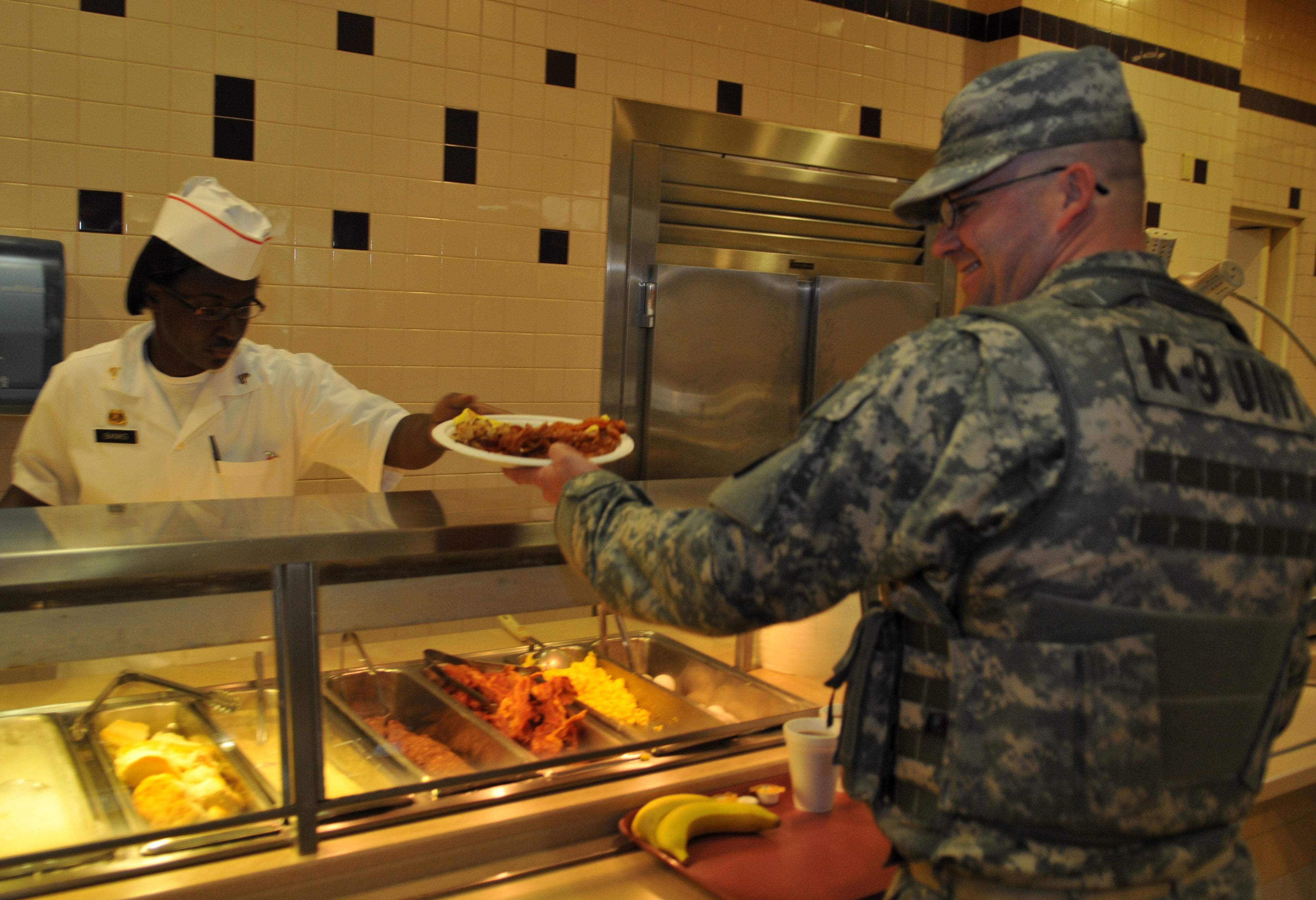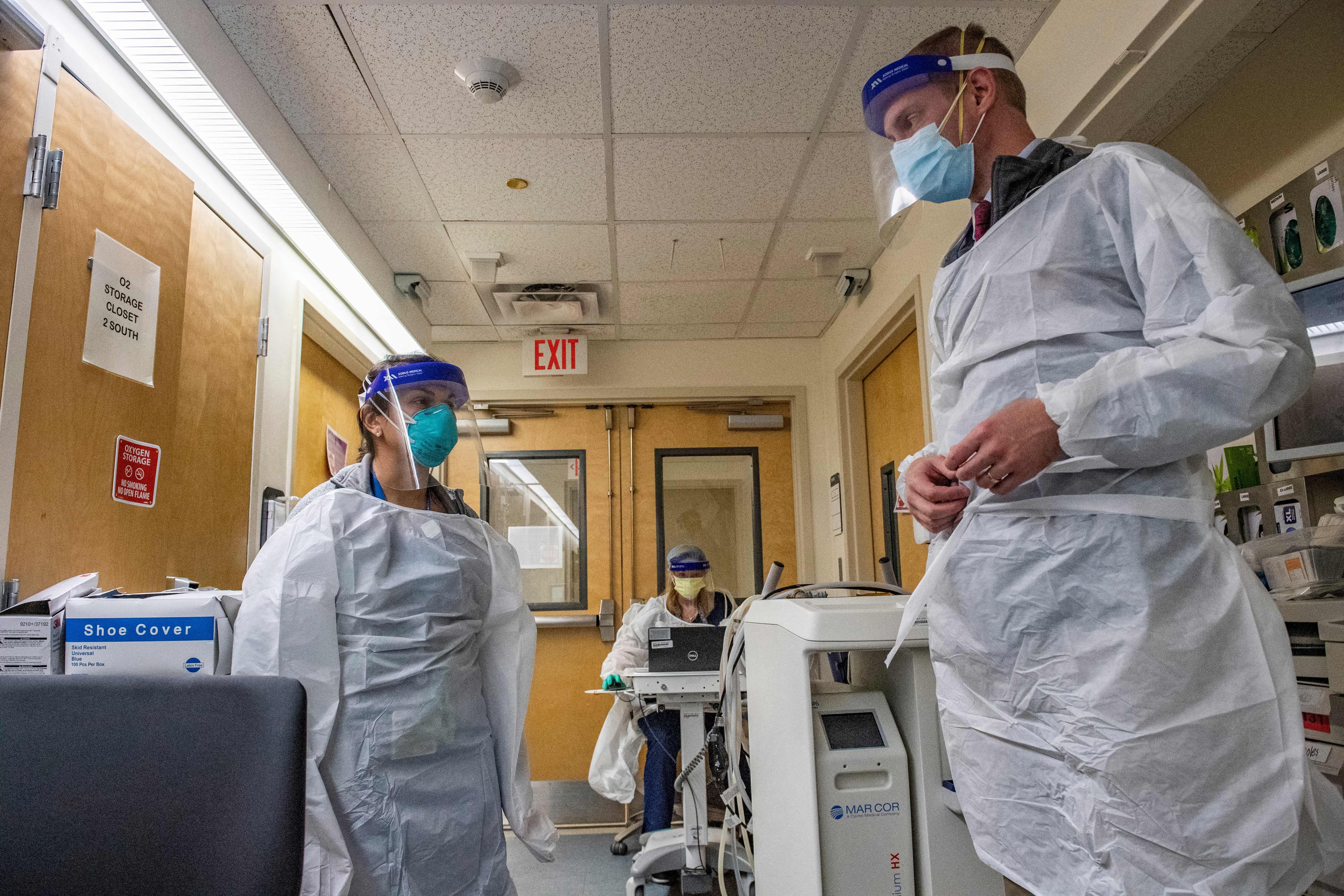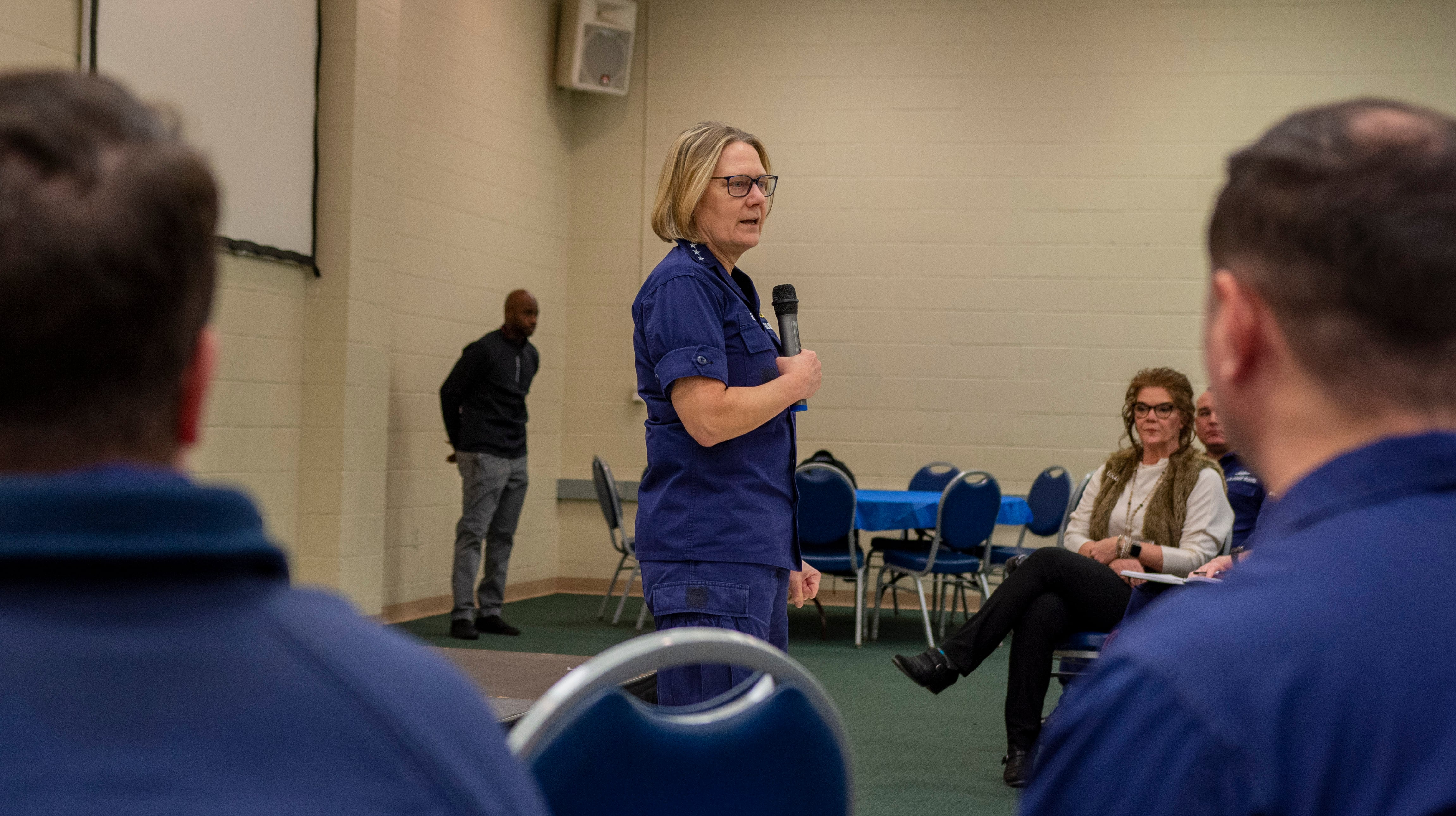About 1 in 3 Army dining facilities will close or shrink over the next three years based on the findings of an ongoing Army study into DFAC use.
Planners hope to turn the remaining facilities into "the soldier's preferred dining choice," according to the order outlining closure plans — improving selection and reducing costs while establishing more grab-and-go options like food trucks and kiosks "outside of the traditional DFAC footprint."
The order calls for 14 of the Army's approximately 180 worldwide facilities to close and 45 others to lose floor space. It requires installations to conduct multiple surveys designed to find mobile food service points, as well as report a variety of DFAC statistics to help determine which facilities are being underutilized or could see dwindling numbers in the face of manpower cuts.
Soldiers and others aren't using the DFACs because they "have not been updated or modernized to account for changing soldier demographics, satisfy soldier desire for selection/taste or nutritional requirements ... or meet commander mission requirements," the order states. Fewer customers have led the facilities to become "the major installation logistics cost driver."
DFACs that remain will develop "enterprise menus and recipes" geared toward both taste and nutrition, the order states. No specifics were provided, and Army public affairs officials declined to make subject-matter experts available while the numbers are being crunched.
That process could take up to six months, an Army spokesman said. A "synchronization matrix" that accompanied the order states that DFAC closures could take up to three years and floor-space reductions could take two years. Expanded kiosks and grab-and-go offerings could take up to five years to implement.

A food service specialist hands a soldier a plate of at Joint Base Myer-Henderson Hall, Virginia. A new order establishing rules for possible closure and downsizing of Army facilities includes guidelines how long food service specialists can spend away from their duties in dining facilities before and after deployments.
Photo Credit: Sgt. Luisito Brooks/Army published a piece
- Facilities operating at less than 65 percent of capacity based on diners receiving subsistence-in-kind (instead of a Basic Allowance for Subsistence) "are considered for closure, consolidation and reduction of space," the order states, although installations are asked to report figures for all diners, not just SIK diners.
- Facilities within a half-mile of one another "with sufficient excess capacity" could be targets for consolidation.
- Facilities with a "limited number" of SIK diners also could be targets if the Army determines it would be cheaper to switch those soldiers to full BAS benefits than to keep the facility open. The order offers some exceptions to this policy, mostly to cover DFACs at schools or other training locations.
Installations outside of Army Training and Doctrine Command must provide justification for all staff sergeants and below who aren't receiving subsistence-in-kind, the order states. Closures will coincide with the end of existing DFAC contracts.
The order also addresses food service specialists (military occupational specialty 92G), requiring commanders to ensure such soldiers are working in their MOS and to ensure that if they are preparing for deployment, they won't step away from DFAC duty more than 120 days before going. They're also required to be back at the DFAC less than 60 days after they return.
Kevin Lilley is the features editor of Military Times.





